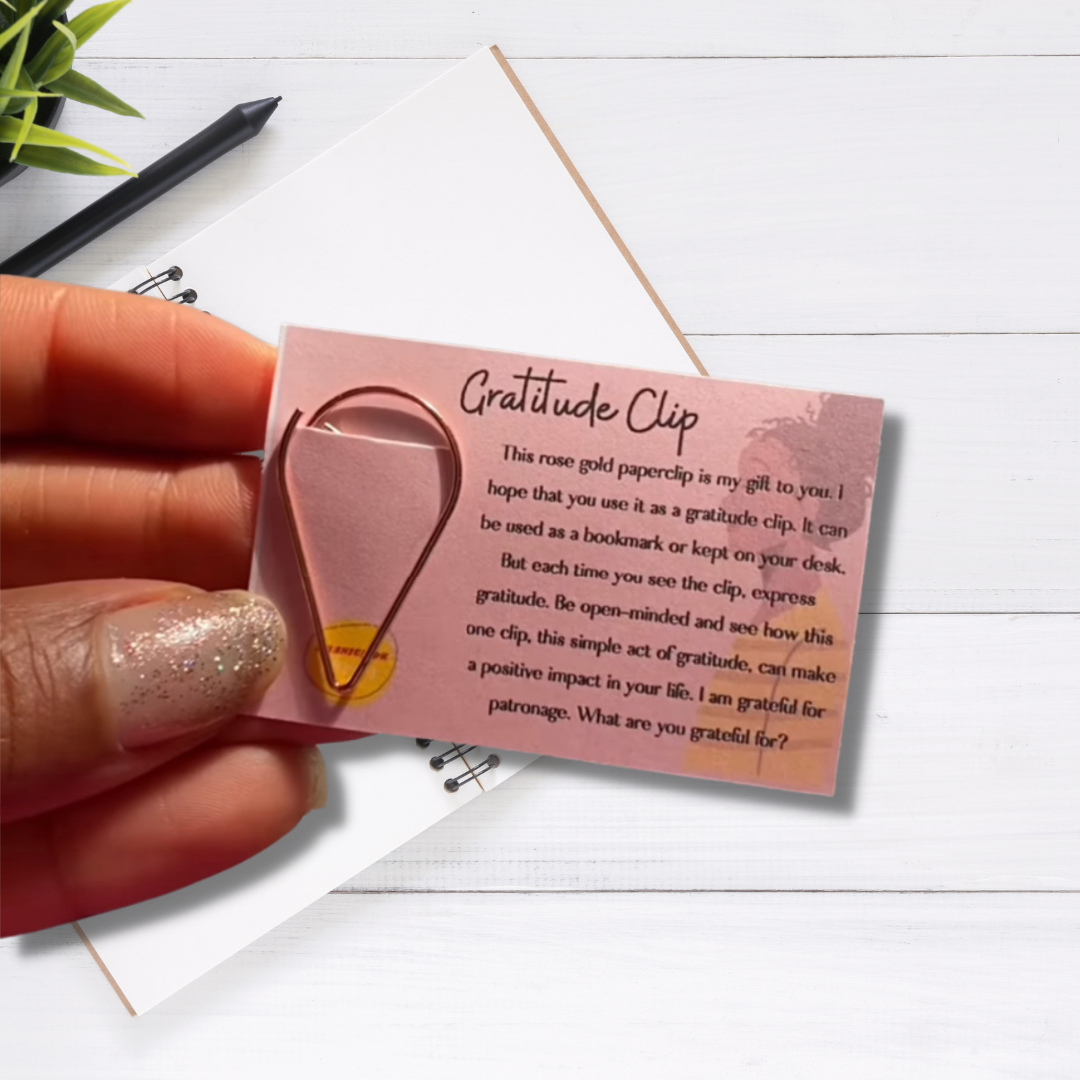
In this article we discuss How to Start a Stationery Business – Are you ready to turn your passion for stationery into a thriving business? Starting a stationery business can be both rewarding and profitable, but it requires careful planning and execution. In this comprehensive guide, we’ll walk you through the essential steps to kickstart your stationery business and make smart decisions along the way.
As a successful stationery entrepreneur, I am thrilled to share a quick start guide with you. Below you will find 9 steps to starting your own stationery business.
How to Start a Stationery Business
1. Idea and Product Generation
The first step in starting a stationery business is to generate ideas for your business or products. Many people already have the idea to sell stationery whether from a passion or just a need. For me, I wanted a specific planner and could not find it so I created my own. Saying this, consider your interests, expertise, and even future target audience to brainstorm unique and innovative stationery items or even to flesh out your idea. For instance, if time management is an issue for you, an idea could be a planner or even a notepad.
2. Niche and Marketing Research
Once you have a product idea, narrow down your niche and conduct deeper marketing research to validate your business idea. Identify your target audience, competitors, and selling channels to understand the competitive landscape. Determine your unique selling proposition (USP)- what will make you stand out? In my stationershop I wanted to sell sticky notes – my niche market was Black Women who wanted to stand out in their careers or personal lives. From here you will start to create a marketing plan that resonates with your target market. Consider platforms like Instagram, Facebook, and Pinterest for brand promotion and customer engagement. If you need help with fine-tuning a marketing plan, text me.
3. Product Creation & Sourcing
When it comes to product creation, you can start with either a collection or a single product to ease stress and lower expenses. You can begin with items like journals or sticky notes, either handmade or sourced from suppliers. Handmade products, such as notepads or planner inserts, can add a unique touch to your brand and allow for greater customization. You can sell printer pages and a binder as a simple planning bundle. Here is a great binder sample from amazon. If you want to print stationery at home, then there are a few printers for stationery businesses that are popular. I have these 2 models: 1. Inkjet printer for stationery: Canon Pixma Pro 100 or Laser printer for stationery: HP Laserjet M452DW
Alternatively, if handmade is not right for you then you can find suppliers from resources like my E-Book More than a Vendor List, which provides access to manufacturers for over 15 stationery products. For many products in my business I started doff handmade and quickly realized that if I used a print shop, I could leave time to focus on marketing the products as well as other entrepreneurial duties. The E-book has amazing print shops but you may also benefit from finding local shops near you.
4. Design Process & Packaging
Design plays a crucial role in the success of your stationery business. Whether you’re creating custom designs or sourcing pre-made templates, invest time and effort into crafting visually appealing and functional stationery products. Utilize design tools like Canva or Adobe Creative Cloud to create stunning graphics and layouts. Explore websites like Creative Fabrica to find high-quality design elements and resources to enhance your designs. Many people even opt to hire a designer, sites like Fivver or People Per Hour are good for this.
If You are shipping products from your home them you will need to focus on packaging. For stationery, many people use the following packing items: Bubble mailers, shipping boxes, cello bags, card stock, label printer, business cards

5. Pricing Strategy
Determine the pricing for your stationery products by considering not only the direct product cost but also your design time and other overhead expenses. Factor in materials, production, packaging, shipping, and desired profit margin. Consider the value you’re providing to customers through your unique designs and craftsmanship. Research pricing of similar products to ensure competitiveness and profitability.
6. Legal Matters
Ensure that your business is legally compliant by registering it based on your state’s regulations and obtaining necessary licenses and permits. Plan for taxes and financial management to stay organized and compliant with your business obligations. Consider consulting with legal and financial professionals to ensure that you’re covering all legal matters and protecting your business interests.
7. Entrepreneurial Duties
As an entrepreneur, it’s important to allocate time for CEO Days, Content Days, and Product Days to effectively manage your business operations. CEO Days are dedicated to strategic planning and business development – this includes working on your website, budgeting, researching, and learning. While Content Days focus on creating and scheduling marketing materials, this could be social media or emails. Product Days are reserved for product creation and order fulfillment.
8. Marketing Plan
Develop a comprehensive marketing plan that hones in on your USP, target audience, and branding strategy. Create a logo that aligns with your product and brand identity, and decide on selling channels and marketing tactics. For instance, will you sell on your own website or on Etsy. Determine whether you’ll utilize social media platforms, pay-per-click advertising, or other marketing strategies. Stay consistent with your messaging and engage with your audience to build brand awareness and loyalty.
9. Getting Samples
Before launching your stationery products, order samples to ensure quality and test design and functionality. Reach out to suppliers or manufacturers to request samples, including different variations and finishes. Evaluate materials, printing, and packaging to ensure they meet your standards. Use samples to make adjustments before mass production, ensuring confidence in your products.
Starting a stationery business requires careful planning and attention to detail. We hope you found this guide on how to start a stationery business helpful. This article emphasized product generation, research, creation, design, pricing, legal matters, entrepreneurial duties, marketing, and quality assurance. With this, you can lay a solid foundation for a successful stationery brand. Embrace the journey, stay adaptable, and continually strive to innovate and improve your products to meet the needs of your target audience.















































